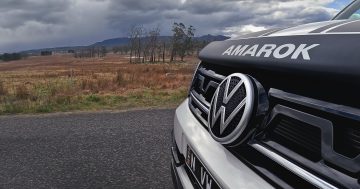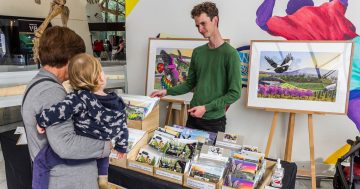After being absent from the mainland of Australia for 50 years, the Eastern Quoll is making a comeback in the wild at two sister sanctuaries– Mulligans Flat in Canberra, and Mt Rothwell in Victoria.
With the removal of the threats of foxes and cats, due to innovative predator-proof fences, the Eastern Quoll has been given a fighting chance to re-establish itself once again.
Here in Canberra, there have been some significant milestones reached in reintroducing the carnivorous marsupial. Belinda Wilson, from the Australian National University, has been driving the project after the release of the first 16 individuals in 2016. She is thrilled with the outcomes after a recent bout of catch-and-release monitoring:
“Last year’s release saw a staggering survival rate of 92%, with at least 10 females (from that release and the year before) giving birth to up to 60 ‘quollets’. Through our most recent round of monitoring we caught over 40 animals, which is amazing given eastern quolls are so hard to catch!” – Belinda Wilson, PhD Student, Australian National University
And it’s not just the researchers who get the chance to enjoy the return of these spotty native cats. Visitors to Mulligans Flat have been spotting Quolls on the Twilight Tours
“Seeing a quoll at the end of our tour was incredibly special. It walked right up to our group and along the road – even Millie, our guide, couldn’t believe it…”– Georgia Black, tour guest.
One of Australia’s top wildlife photographers, Charles Davis was invited to capture the behaviour of this cryptic animal, at a time when the baby quolls were taking their first tentative steps outside their dens. Belinda introduced Charles to a den site she was monitoring for her research, and Charles quietly waited for them to emerge.
Here we can now share these unique images of the playful and boisterous behaviour of wild baby Eastern Quolls for the first time.
The Eastern Quoll reintroduction is a partnership between the ACT Government, the Australian National University (supported by the Australian Research Council), Mt Rothwell Conservation and Research Centre and the Woodlands and Wetlands Trust.
Photo thanks to Charles Davis and Woodlands and Wetlands Trust






